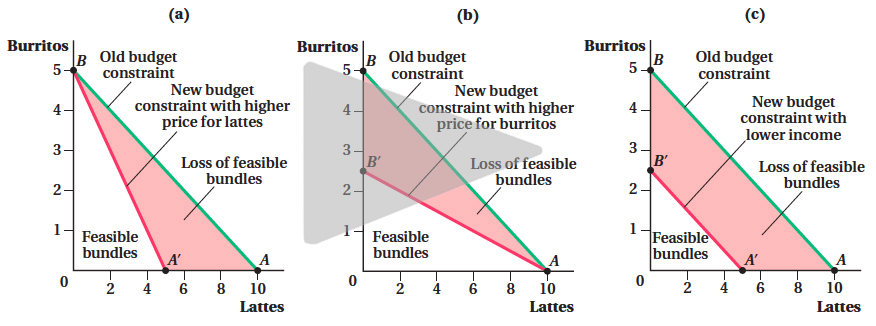
Figure 4.15 Effects of Price or Income Changes on the Budget Constraint
(b) When the price of burritos increases, the vertical intercept (I/Pburritos) falls, the slope (–Plattes/Pburritos) gets flatter, the budget constraint rotates toward the origin, and again, Sarah has a smaller choice set. The higher price for burritos means that she can buy fewer burritos or, for a given purchase of burritos, she has less money available to buy lattes.
(c) When Sarah’s income is reduced, both the horizontal and vertical intercepts fall and the budget constraint shifts in. The horizontal intercept is lower because income I falls; thus, (I/Plattes) falls. The same holds for the vertical axis. Because the movement along both axes is caused by the change in income (the reduction in I is the same along both axes), the new budget constraint is parallel to the initial budget constraint. Given a reduction in income, Sarah’s choice set is reduced.